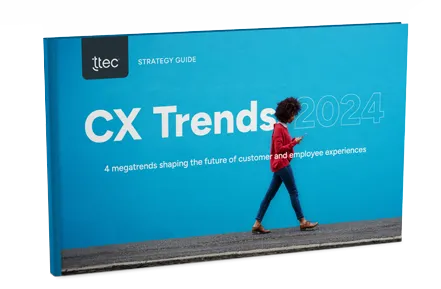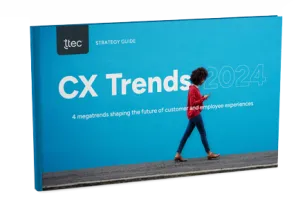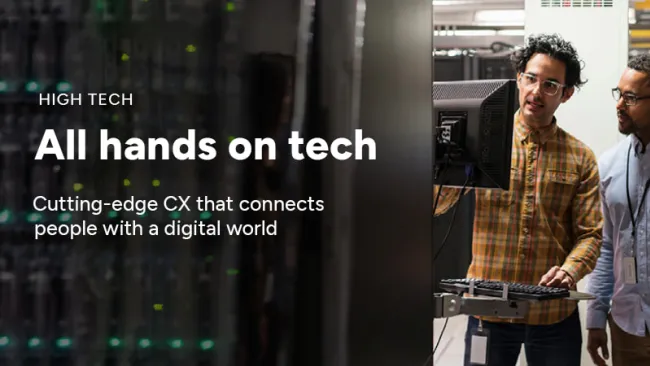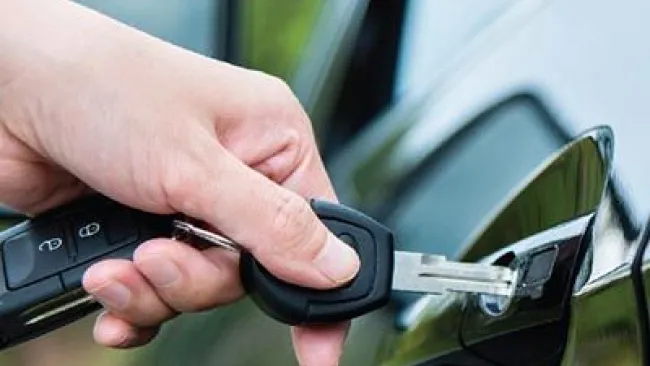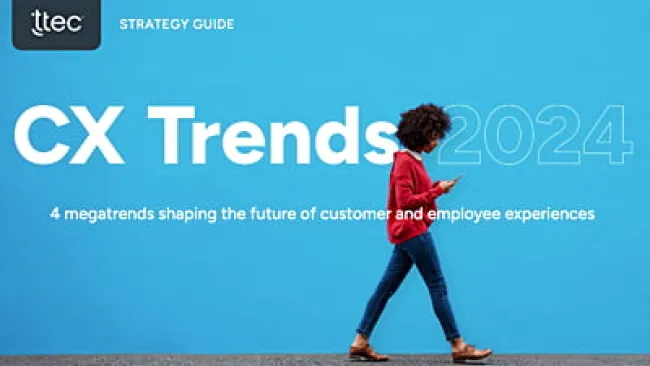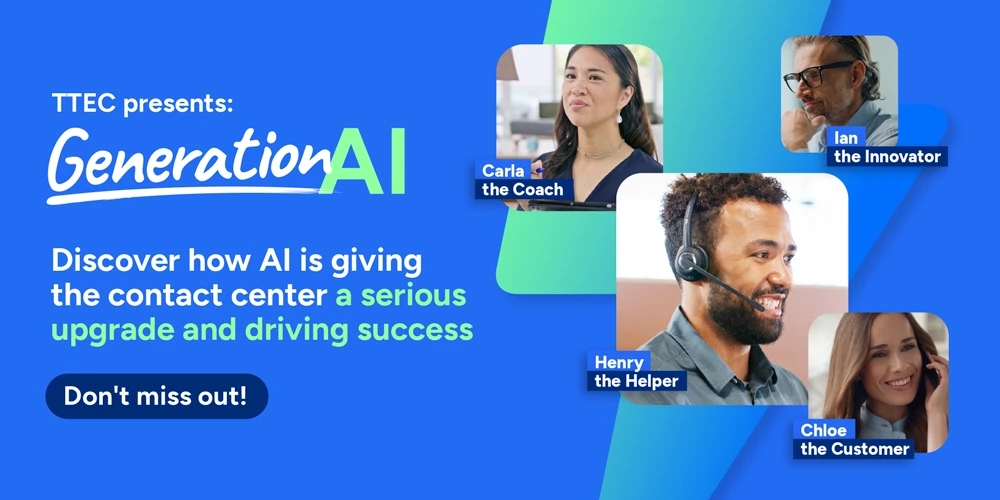As always, the 2015 Mobile World Congress was full of new gadgets and eye-popping technology innovations from leaders in the communications space. Though initially exciting, many of these breakthroughs require a more focused attention on the customer experience to see them move off the trade show floor and into everyday consumer life. And, from our experience at the show speaking to telecom leaders from around the world, it’s clear that the space is ripe for strategies aligned to customers.
One clear trend we observed was that industry lines continue to blur. The show featured many non-telecom businesses using connectivity to improve their customers’ experiences. The auto industry was well represented, for example. AT&T announced a joint plan to bring LTE, 4G and 3G wireless connectivity to all of Audi's 2016 model-year vehicles, making cars portable Wi-Fi hotspots. Ford debuted a foldable “connected” electric bicycle, and with NFC chips inside iPhone covers, car keys may soon disappear.
And of course, mobile payments were the “next big thing” at this year’s show. Mobile payment announcements were made throughout the event, with financial services institutions and retailers discussing how they fit into Apple Pay, Samsung Pay, and similar platforms. MasterCard Chief Emerging Payments Officer Ed McLaughlin even delivered one of the conference keynotes, emphasizing that companies must rely on more than just the latest technology to succeed. “We know consumers don't set out to ‘make a payment’. They're just going about their everyday lives and are looking for better experiences, shortcuts,” he told the audience. “They want paying for things to be simpler and faster. That’s why connecting with consumers wherever they are and whenever they want is critical.”
McLaughlin’s statement is something we echo in all our client initiatives. When you strip away fancy features or innovations, what’s left of a customer initiative is how well a company (or companies) can deliver an experience that works for customers. As different industry players partner on new connected customer experiences, customer focus must be the true north that keeps projects on the right track.
Of the 2,100 vendors at exhibiting MWC, very few (if any) addressed underlying customer engagement needs generated by increasingly connected customers, new innovations, and technologies. In our discussions with telecom clients and prospective clients, operators were searching for answers to some common industry challenges related to customer experience:
Setting the experience foundation: Technology is advancing so rapidly that it can be difficult for operators to keep up with customer expectations. Too many companies assume the customer experience basics are covered, such as leveraging integrated data across departments, optimizing customer journeys, and segmenting customers based on needs, value and behavior. So instead, they turn their attention to new programs without the underlying customer foundation. We found many operators wanted to step back and assess the value they were creating with current efforts. Then they could make decisions on how to evolve their customer experience strategy even further.
Retail strategy evolution: Many telcos operate brick-and-mortar stores where customers can try out new products and make purchases. This interaction channel is also growing as a place where customers go for service and advice. In fact, at many stores sales accounts for less than half of customer interactions. Yet, many stores were designed only for the sales process--store layout, staff training, and infrastructure/systems can’t meet the growing service demands. Also, incentive systems for store employees are mostly based on sales, even though service constitutes a large percentage of interactions.
Companies must work to understand what types of service experiences customers want in the stores, then invest in programs to meet those needs. We believe that automation of the store associate desktop for common sales and service processes is key to standardizing the customer experience across all stores for an operator. It will also enable data analytics to optimize processes and generate insight on customer interactions and experience improvements.
To be practical, instead of boiling the ocean, we recommend identifying top customer journeys around customer service and sales with the retail environment, then focusing on these top journeys to start.
Mobile CX gets its day: Many operators we spoke with are clamoring for tools that enable valuable customer interactions via mobile. This would allow activities to be portable and in-the-moment, a must for today’s “connected, empowered, and impatient” consumers. It’s already at work at Amazon, Weight Watchers, and elsewhere, and is a natural evolution for the mobile phone industry. The key is not to just drop new technology into existing programs, but to look at the company’s customer experience strategy holistically, and identify what people, processes, and technology are needed to enhance the mobile experience.
As mobile strategy advances, the customer perspective must remain the lynchpin. For example, customers want the option to switch among channels (i.e., start on digital with flexibility to switch to traditional channels, live chat, click-to-call, etc.). It's critical to be able to switch channels without losing customer history, in order to save time and prevent customer frustration. Also, mobile platforms can leverage multimedia interactions between the customer and the associate (like streaming video tutorials while chatting) to support the customer to the best possible extent.
Smart knowledge management to support associates in the moment will also help them provide the most relevant responses to customers, while also enabling the same knowledge to be accessed by customers for mobile self-service.
Finally, these apps must be supported by intelligent routing and matching; look into the customer profile and reason for the interaction to matching him or her with the most relevant associate.
These are just a few of the many customer engagement issues that accompany the latest communications innovations. We look forward to seeing what the future of technology and the customer experience will bring.
Like this? Subscribe to our blog here.
Also, check out the most recent issue of our eNewsletter.
Related Content:
Blog Post: The Connected Car Starts With the Connected Customer
Blog Post: Four Ways to Prepare for Google’s Mobile-Friendly Algorithm Changes
Case Study: Healthcare Brand Combines Strategy and Technology for Always On, Personalized Interactions

